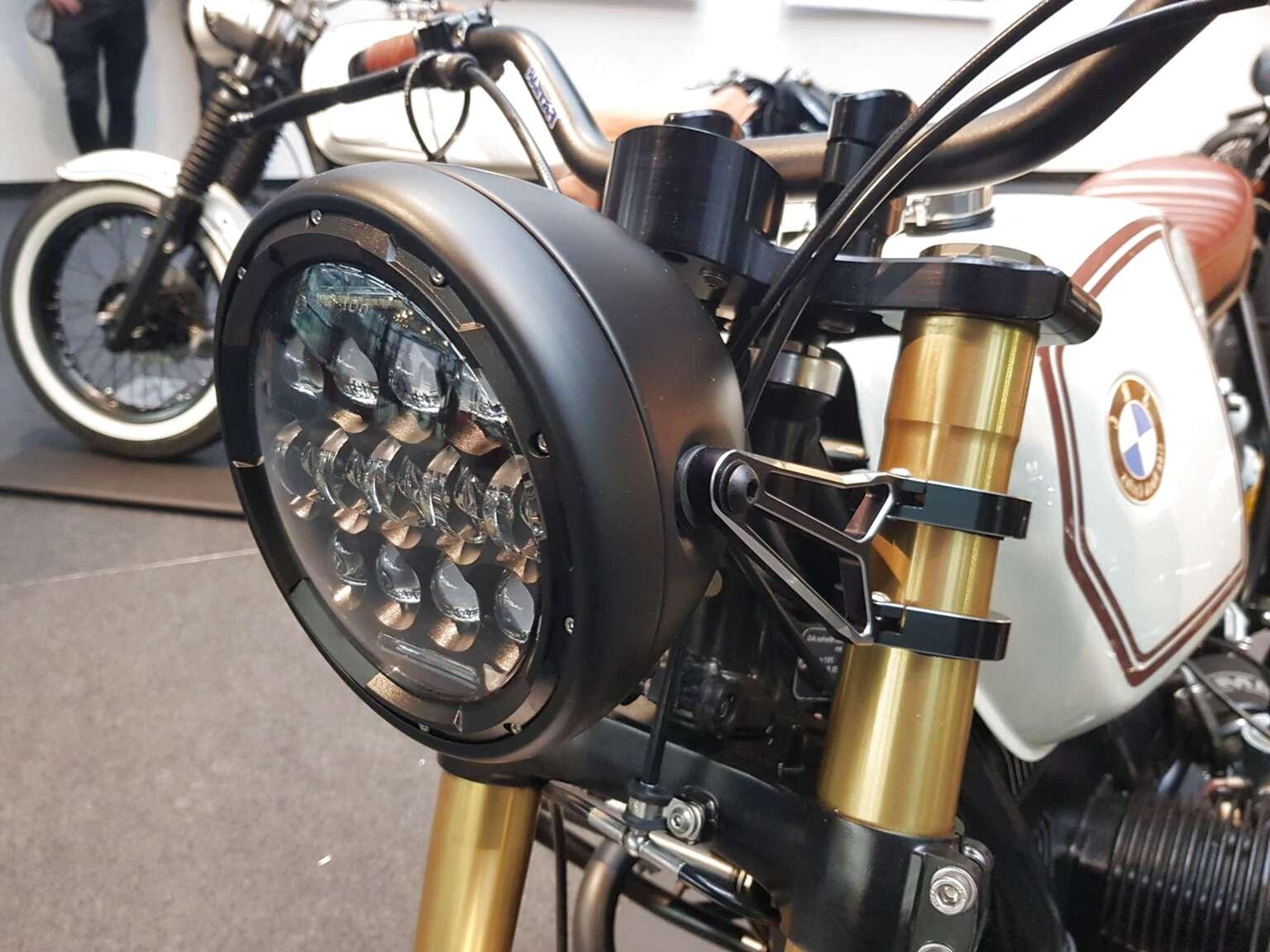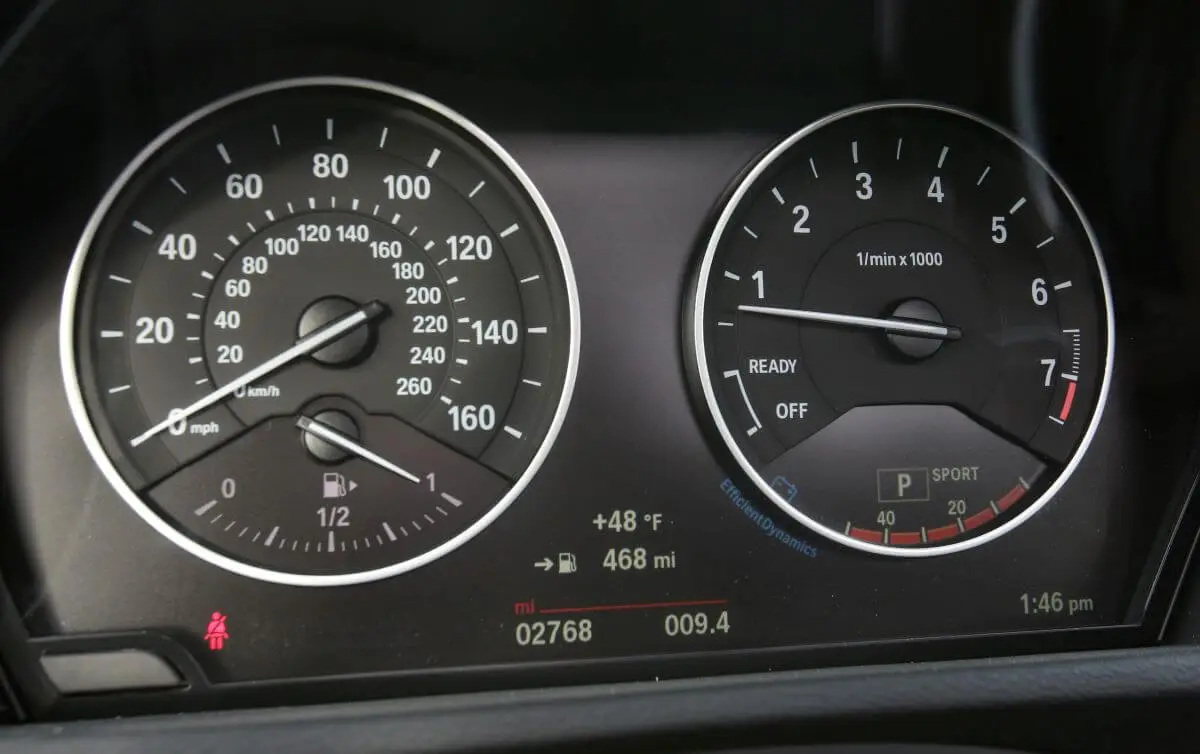I. The Mysterious Structure of Motorcycle Electrical System
(I) Power Supply System
- Battery
- Motorcycle batteries are usually lead-acid batteries or lithium batteries. Lead-acid batteries are relatively inexpensive. Their capacity generally ranges from 5Ah to 12Ah, with a voltage of 12V. They consist of multiple cell units, and each cell has a voltage of approximately 2V. Lithium batteries, on the other hand, have a higher energy density and are lighter in weight but come with a higher price. Their common capacity range is from 4Ah to 10Ah, also with a 12V voltage. The electrolyte inside the battery plays a crucial role. For lead-acid batteries, sulfuric acid and water are mixed in a certain proportion to form the electrolyte.
- Generator
- The generator is responsible for providing power to the motorcycle’s electrical equipment and charging the battery. There are common alternators and DC generators. Alternators have a relatively simple structure and generate alternating current through the principle of electromagnetic induction. Their output power varies according to the motorcycle model and requirements, generally ranging from 100W to 500W. DC generators can directly output direct current, and the output voltage is relatively stable, usually around 13V to 15V.
(II) Ignition System
- Spark Plug
- The spark plug is a key component of the ignition system. It is composed of a center electrode, side electrode, and insulator, etc. The center electrode is generally made of nickel alloy or precious metals such as iridium and platinum. Nickel alloy spark plugs have a lower cost but a relatively shorter service life, and usually need to be replaced after about 10,000 to 15,000 kilometers. Iridium spark plugs have better ignition performance and a longer service life, and can be replaced after 30,000 to 50,000 kilometers. The electrode gap of the spark plug is usually between 0.6mm and 1.0mm, and this gap affects the ignition effect.
- Ignition Coil
- The ignition coil converts the low voltage of the battery into high voltage to generate an electric spark between the spark plug electrodes to ignite the air-fuel mixture. The primary coil usually has 100 to 300 turns, and the secondary coil can have 10,000 to 20,000 turns. Through electromagnetic induction, it can boost the voltage from 12V to tens of thousands of volts or even higher to meet the ignition requirements.
(III) Lighting and Signaling System
- Headlight
- Motorcycle headlights include halogen, xenon, and LED types. Halogen lights are the most common traditional light sources, with a power generally between 35W and 55W and relatively low luminous efficiency but cheap cost. Xenon lights have high brightness, with a power of about 35W, but they need a ballast to work, and the starting voltage of the ballast can reach around 23,000V. LED lights have the advantages of energy saving and long service life. Their power is usually between 20W and 30W, and their lifespan can reach more than 50,000 hours.
- Turn Signals and Taillights
- Turn signals generally use bulb or LED light sources. Bulb-type turn signals have a power of about 10W to 20W each, while LED turn signals have a power between 1W and 5W, with high brightness and fast response speed. Taillights mainly serve as a warning function. Bulb-type taillights have a power of 5W to 10W, and LED taillights have a power of 2W to 5W.
(IV) Instrument System
- Speedometer and Tachometer
- The speedometer calculates the vehicle speed by sensing the rotational speed of the wheel through a sensor. Common sensors include electromagnetic induction type and Hall type. The electromagnetic induction sensor measures according to the magnetic field changes generated by the wheel rotation, and the Hall sensor utilizes the Hall effect. The tachometer detects the engine speed signal to display, and its general accuracy is within ±50rpm.
- Other Indicator Lights
- Such as fuel gauge, water temperature gauge, and fault indicator lights. The fuel gauge detects the fuel level in the tank through a float sensor or resistance sensor. When the fuel level is lower than a certain value (for example, 20% of the tank capacity), the indicator light turns on. The water temperature gauge will send a warning signal when the engine water temperature reaches around 90℃ to 100℃.

II. Working Principles of Motorcycle Electrical System
(I) Power Generation Principle
The rotor in the generator rotates driven by the engine. The relative motion between its internal magnetic field and the stator windings generates an induced electromotive force in the stator windings according to the law of electromagnetic induction, and thus outputs alternating current. After being processed by devices such as rectifiers, the alternating current is converted into direct current to charge the battery and supply power to other electrical equipment.
(II) Ignition Principle
When the motorcycle engine is running, the crankshaft position sensor detects the position information of the piston and transmits the signal to the ignition controller. The ignition controller controls the on and off of the ignition coil according to preset parameters such as the ignition advance angle. At the appropriate moment, the ignition coil generates high voltage, which causes an electric spark between the spark plug electrodes to ignite the air-fuel mixture and drive the piston to do work.
(III) Lighting and Signaling Control Principle
The headlights, turn signals, etc., are connected to the power supply through switches. For example, the turn signal switch controls the on and off of the circuit. When the switch is turned on, the current passes through the turn signal circuit, making the turn signals light up. The lighting system is generally equipped with devices such as dimmers, which can adjust the brightness of the headlights according to different driving environments.

III. Maintenance Secrets of Motorcycle Electrical System
(I) Battery Maintenance
- Inspection Frequency
- Check the electrolyte level of the battery every two weeks. For lead-acid batteries, the level should be maintained between the upper and lower scale lines. If the level is too low, distilled water (not ordinary water) should be added. For every 10% decrease in the level, about 50ml to 100ml of distilled water should be added.
- Cleaning and Tightening
- Clean the battery terminals once a month. Use sandpaper or a special cleaner to remove the oxide on the terminals. Then apply a small amount of Vaseline or battery protector on the terminals to prevent oxidation. At the same time, check the battery strap or bracket to ensure that the battery is firmly installed. Tighten the battery fixing screws every three months, with a torque control of 3N·m to 5N·m.
- Charging Precautions
- If the motorcycle is not used for a long time (more than one month), a special charger should be used to charge the battery every half a month. The charging current should be controlled between 10% and 20% of the battery capacity. For example, for an 8Ah battery, the charging current is set at 0.8A to 1.6A, and the charging time is generally 6 to 10 hours.
(II) Spark Plug Maintenance
- Inspection Cycle
- Check the spark plug every 5000 kilometers. Use a spark plug wrench to remove the spark plug and observe the combustion condition of the electrodes. The normal color of the spark plug electrode is light brown. If the electrode is black, it may indicate a rich air-fuel mixture; if it is white, it may mean a lean mixture.
- Adjustment and Replacement
- Adjust the electrode gap according to the type of spark plug and the vehicle usage. Use a feeler gauge to measure the gap. If the gap does not meet the specification (usually 0.6mm to 1.0mm), use a tool to gently bend the side electrode for adjustment. When the spark plug reaches its service life (such as 10,000 to 15,000 kilometers for nickel alloy spark plugs and 30,000 to 50,000 kilometers for iridium spark plugs) or when the electrode is severely worn or damaged, it should be replaced in time.
(III) Lighting System Maintenance
- Headlight Cleaning
- Wipe the surface of the headlight lens with a clean and soft cloth every 1000 kilometers to remove dust and stains. If the headlight lens turns yellow or becomes blurred, a special headlight restorer can be used for repair. Check the brightness of the headlight bulb or LED beads every two years or when the brightness significantly decreases. If the brightness is lower than 70% of the initial brightness, consider replacing the bulb or beads.
- Wiring Inspection
- Inspect the wiring of the lighting system every six months to check for any damage, short circuit, or poor contact. Especially in the front of the vehicle where the wires are often subject to rotation, they are prone to wear. Use a multimeter to measure the resistance of the wiring. Under normal circumstances, the wiring resistance should be less than 1Ω. If the resistance is too large or infinite, it indicates that there is a problem with the wiring, and it should be repaired or replaced in time.
(IV) Maintenance of Other Electrical Components
- Instrument Inspection
- Check whether the instrument display is accurate every 3000 kilometers. It can be compared with the actual vehicle speed (using GPS speed measurement) and the engine speed (using professional speed detection equipment). If the error is large (the speedometer error exceeds ±5km/h, and the tachometer error exceeds ±100rpm), the sensor or the instrument itself should be checked for faults in time.
- Electrical Connector Maintenance
- Check all electrical connectors, including plugs and sockets, every quarter. Use a rust remover or cleaner to clean the metal parts of the connectors to prevent oxidation and corrosion. Check the pins in the connectors. If they are bent or damaged, they should be repaired in time. Re-plug the connectors several times to ensure good connection, and the contact resistance should be less than 0.05Ω.
By deeply understanding the structure and principle of the motorcycle electrical system and strictly following the maintenance methods, we can ensure that the motorcycle electrical system is always in good working condition, adding safety and convenience to our riding. Whether it is night riding or daily use, a reliable electrical system is the key guarantee for the normal operation of the motorcycle. Let’s take good care of the motorcycle electrical system and enjoy every exciting riding journey.

